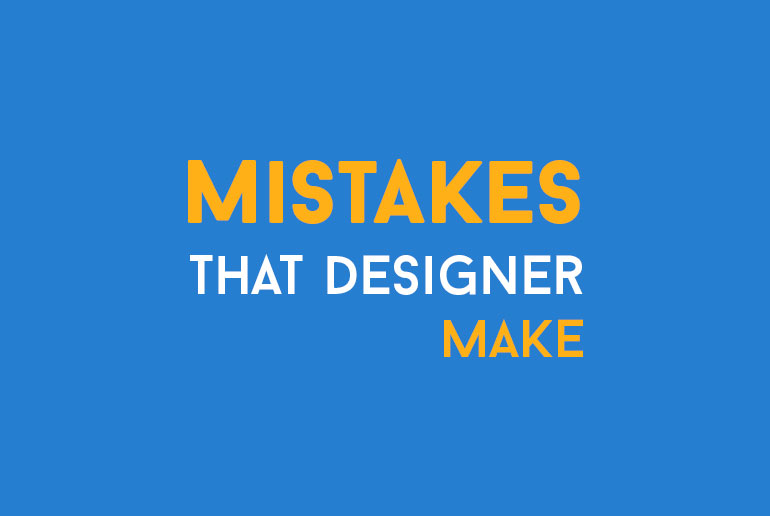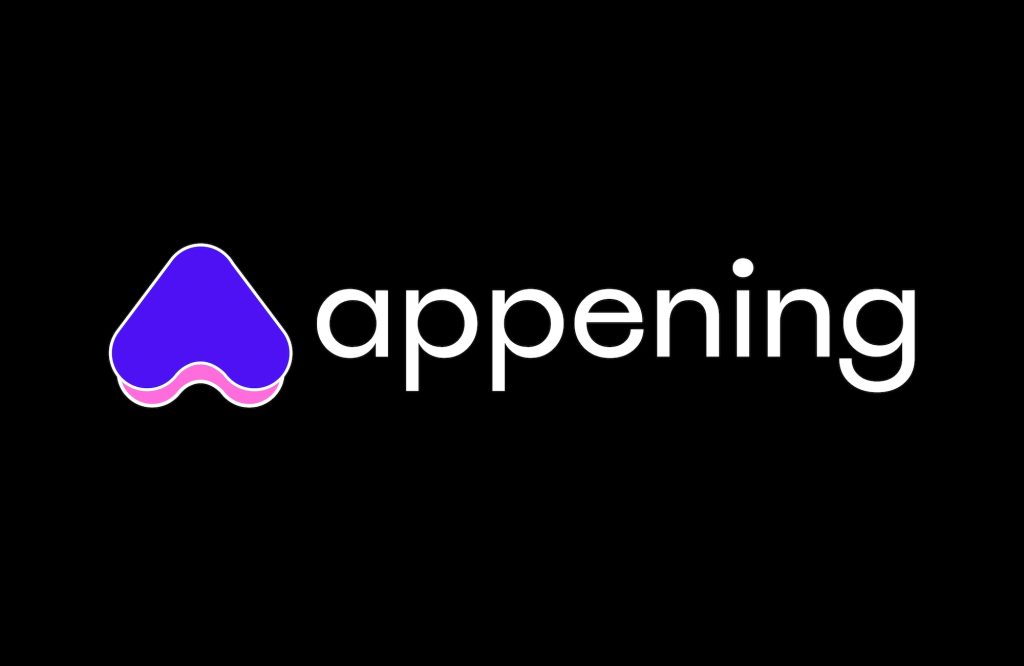With an ongoing flood towards portable perusing and cool new plan choices like parallax scrolling over, the web has seen a huge number of websites get facelifts in the course of recent years. It has likewise prompted a great deal of poor website architecture decisions that keep customers from completely interfacing with brands. From ugly landing pages to frail substance, poor route, and endless mistakes, there are various things that the normal site can enhance.
Clustered Layout
Planners may love their imaginative wreckage, however, clients don’t. So overlook your identity for a second and place yourself in their shoes.
Jumbled up websites are disappointing to clients. At the point when there are such a large number of components on one page, they are altogether seeking a client’s consideration and add exertion to the purchaser’s adventure.
Not knowing where to look, the client can miss your CTA, slipping directly through your salesmen’s fingers. That is one transformation less.
A client’s voyage ought to be painstakingly explored and concentrated on a solitary objective – change.
This is what happens when your site isn’t clear enough:
The guest spends valuable minutes hunting down what they require (remember that they don’t generally realize what that is) until the point when they in the long run move toward becoming overpowered and baffled. They leave without making a buy, and as a rule, they never return.
Also, here’s the manner by which to maintain a strategic distance from that:
The main components you require on your greeting page are the legend picture, essential feature, CTA, compact rundown of advantages of the item or administration and some social confirmation to add validity to your cases. Each and every other page ought to be centered around just a single activity so individuals instinctively comprehend what venture to make straightaway and where that stride will lead them. For viable item pages, dependably make a point to incorporate some whitespace between depictions, pictures, structures, and CTAs.
Never utilize in excess of three hues in your plan, and confine yourself to just a single or two text styles.
Whatever you do, think ease of use first and feel second.
Loading Speed of the page takes time
In general, 47% of individuals anticipate that a site page will stack in two seconds or less. Their examination additionally found that even a one-moment delay in page stack time measures up to 11% fewer site visits, a 16% decline in consumer loyalty and 7% fewer transformations.
And this applies to the two work areas and versatile.
Be impeccably genuine. In the event that the site doesn’t stack rapidly, what are the genuine odds of you attempting again later? Running with the primary contender appears to be a vastly improved and more secure choice, isn’t that right?
Keep your page stacking speed under a few seconds, tops.
Here’s the manner by which to do that:
Upgrade your pictures
Lessen diverts
Try not to utilize an excessive number of modules
Limit HTTP Requests
Poor use of header, sidebars, and footers
Individuals frequently expect that heading regions, footers, and sidebars are planned solely for ads. In any case, it’s a major warning when a site page shows a high number of advertisements and pennants, particularly when there’s little substance to oblige it. These territories can be vastly improved used for extra route inside the site.
Presently, this isn’t to imply that it’s inappropriate to put a flag over the highest point of the page publicizing an extraordinary advancement. This just way to recall the significance of outline and equalization all through the site.
UI-outline unintuitive-navigation
Once you’ve disposed of all the messiness, the rest of the components ought to be sorted out appropriately. That incorporates two things: order and route.
Your site route ought to be perfectly clear, and it should constantly live up to guests’ desires. Place the menu where they hope to discover it, or, in other words, the best on a level plane or on the left as a vertical sidebar. Furthermore, keep the number of menu things under five or six. An absence of the chain of command can be extremely befuddling to a client, and it doesn’t compliment your items and administrations.
All depictions ought to have a sensible request. Headings ought to pass on your statement of purpose and tell your clients what you offer, while subheadings ought to clarify how clients can profit by it.
Since you just have a second or two to persuade your guests to remain, the significance of easy to use route key. In the event that they think that it’s scary and befuddling, they’ll peruse somewhere else.
Last but not the least- Keep these points in your mind
- UI configuration isn’t without its hindrances, yet it tends to be roadmapped to flawlessness.
- Simply recollect these oversights and do the inverse:
- Ensure that your site is practical and charming on all gadgets.
- Clean up your pages and give content some space to move around.
- Expel all grating by making route basic and natural.
- Plan your CTAs in a way that catches the client’s eye without overpowering them.
- Keep your symbolism bona fide, pertinent and relatable.
- Continuously plan your web architecture in light of social verification.
- Say what you need to state with not so much content but rather more significant words.
- Keep your stacking speed under a few seconds.
- Try not to give the clients a chance to think, yet make them act.
- Outline for the normal client, not for yourself.
Table of Contents



